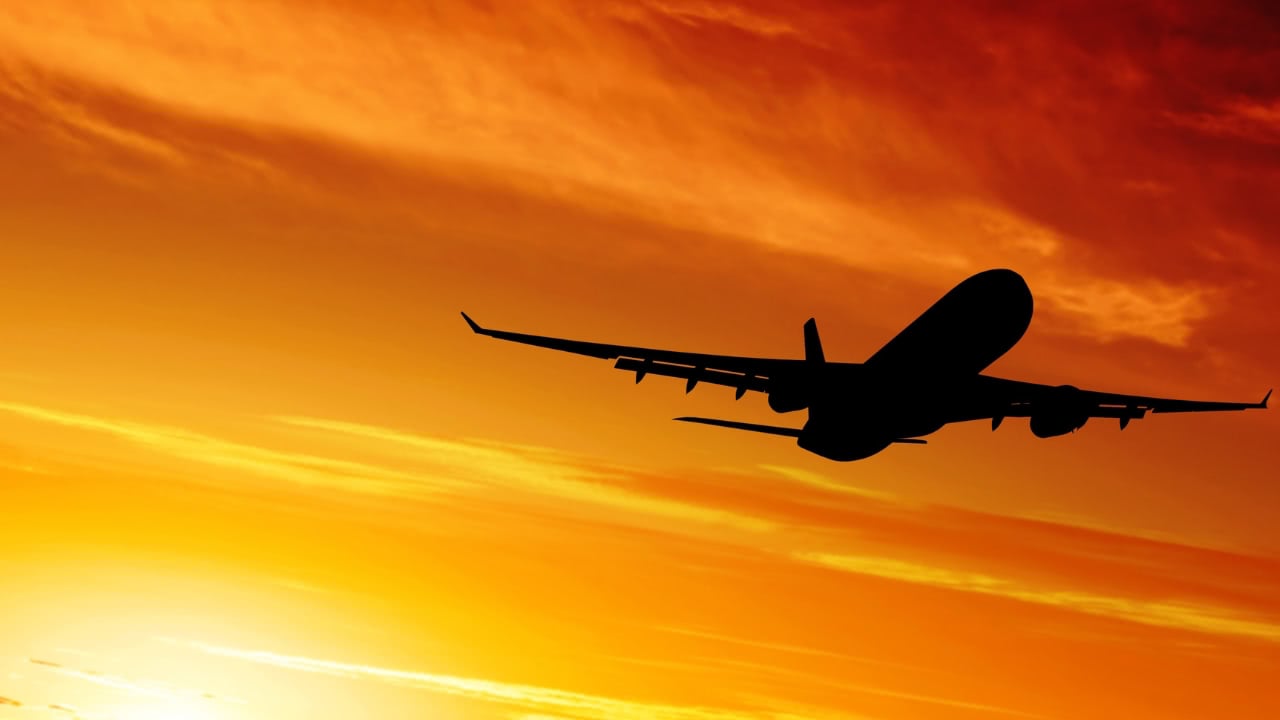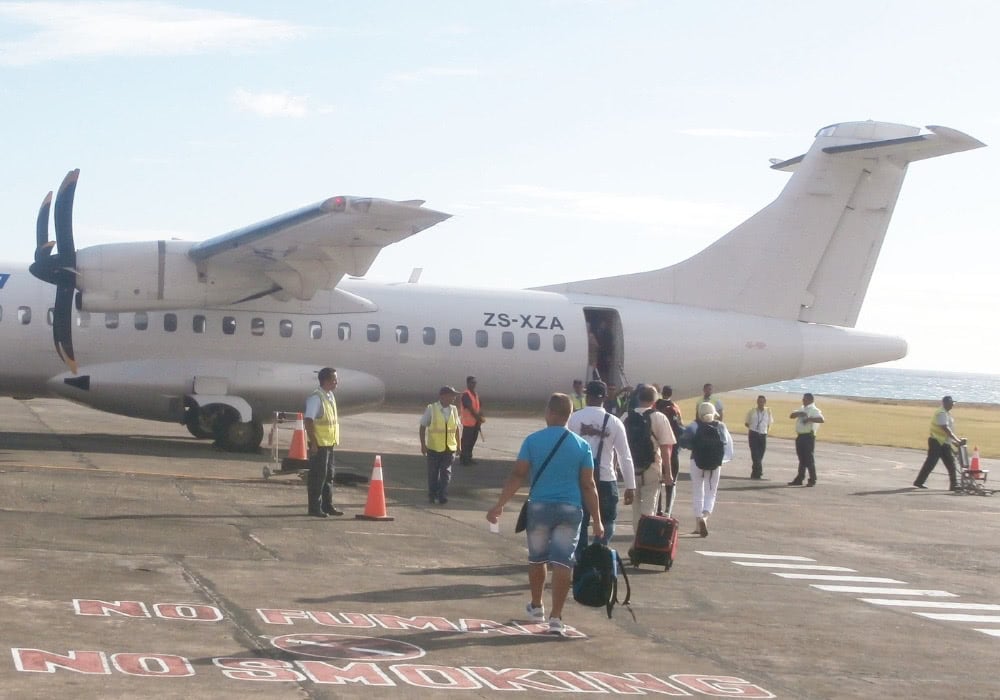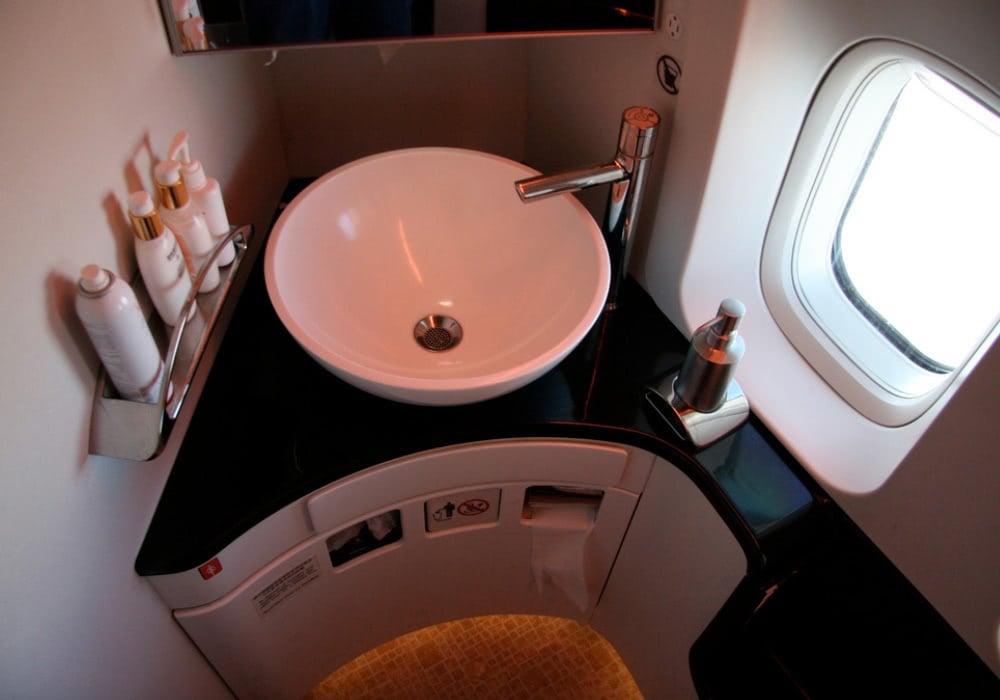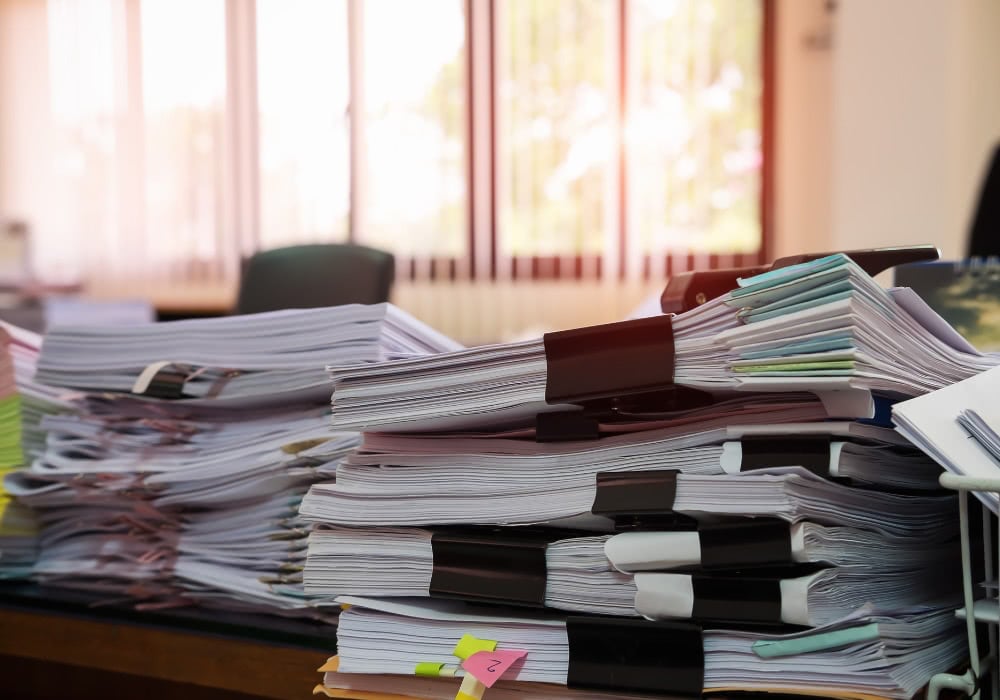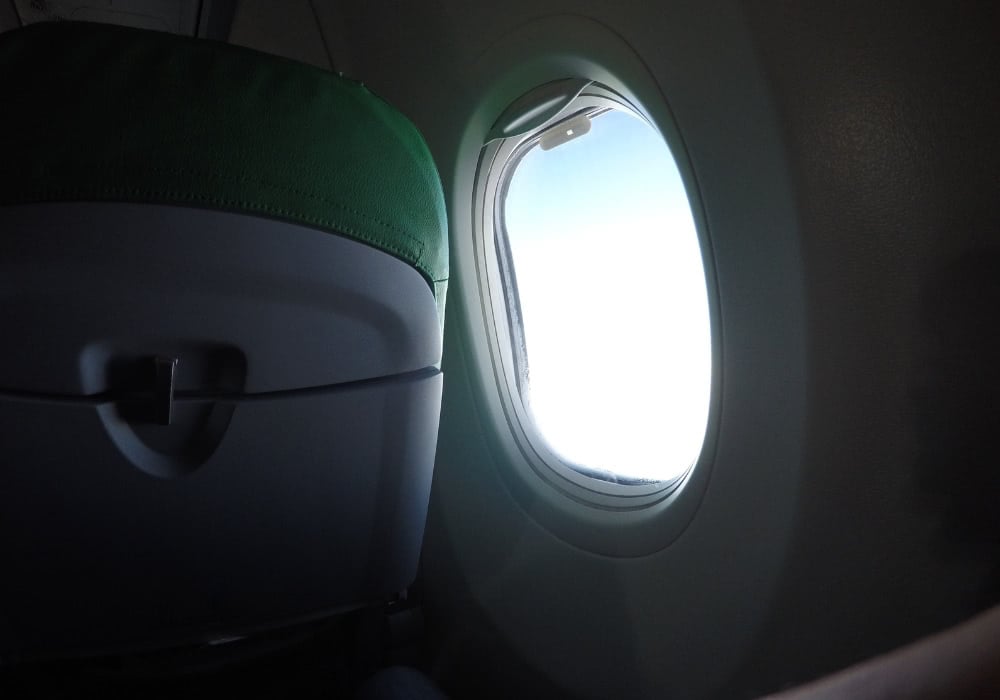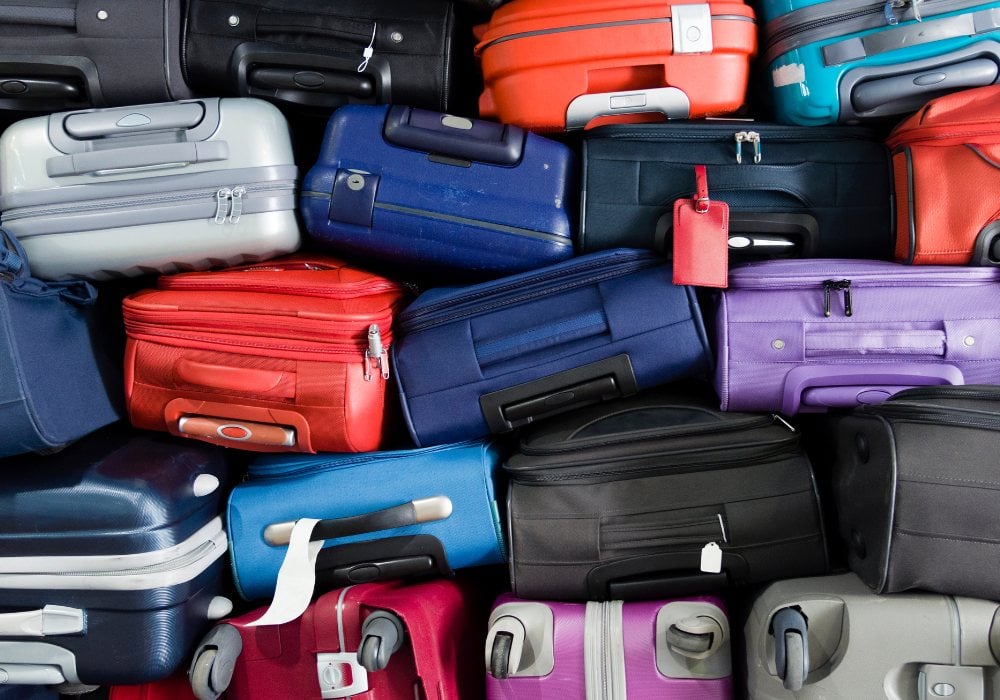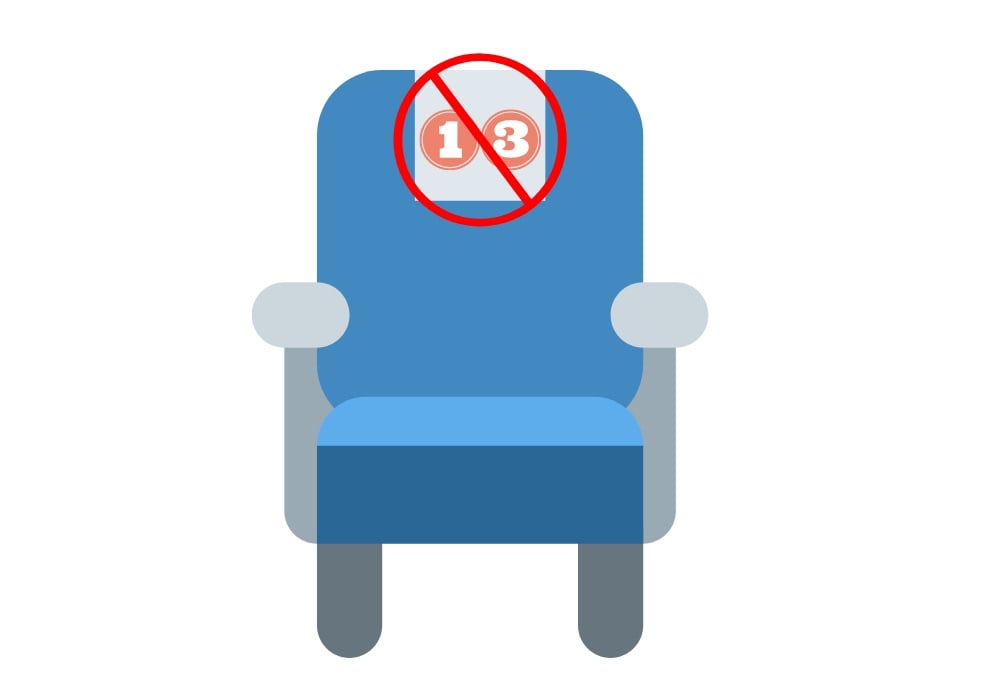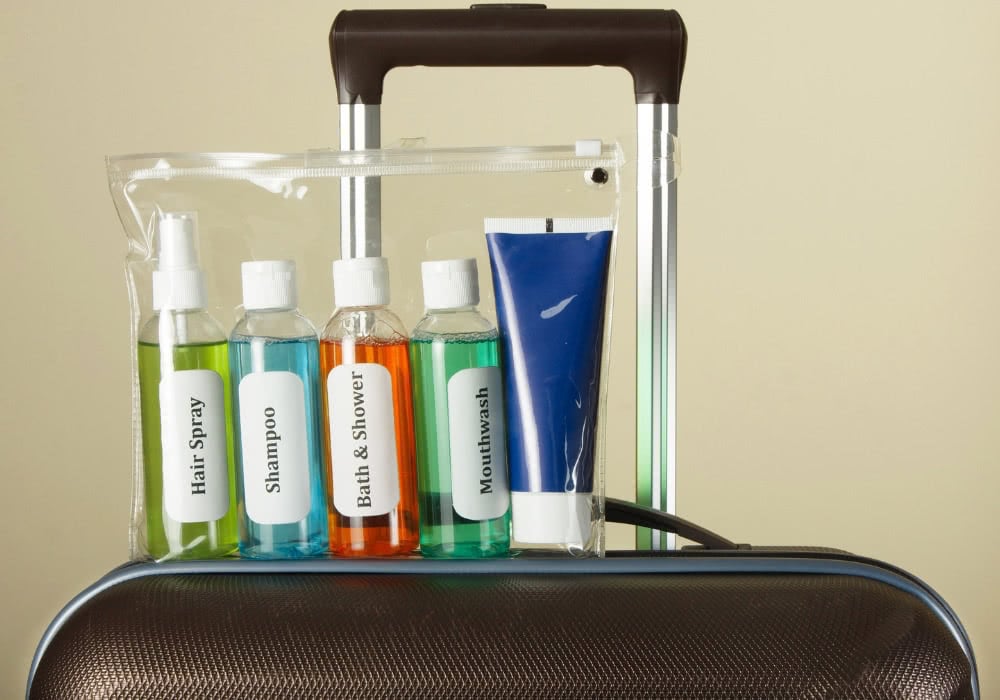Without a doubt, the aeroplane is one of the most complex means of transport in existence and, as we always say, everything is designed to guarantee maximum safety. This means that there are a lot of interesting facts about travelling by plane.
For example, have you ever wondered why we always board on the left-hand side? Or why are there so many restrictions on liquids in the cabin? Or even how much is the most expensive plane ticket in the world?
If all of this sounds interesting to you, stay and read the post because here we tell you 10 facts about travelling by plane that you probably didn’t know.
Contents
- 1. Why do we always board on the left side of the plane?
- 2. Weighing passengers before boarding
- 3. The world’s shortest commercial flight
- 4. Aircraft toilets can be opened from the outside
- 5. More than 60kg of paperwork in the cockpit
- 6. Why do the lights go out during take-off and landing?
- 7. Madrid Barajas, the Spanish airport that handles the most suitcases
- 8. There is no such thing as row 13 on aeroplanes
- 9. Restriction on liquids
- 10. The most expensive plane ticket in the world
- Would you like to read more interesting facts about aviation?
- También podría interesarte…

